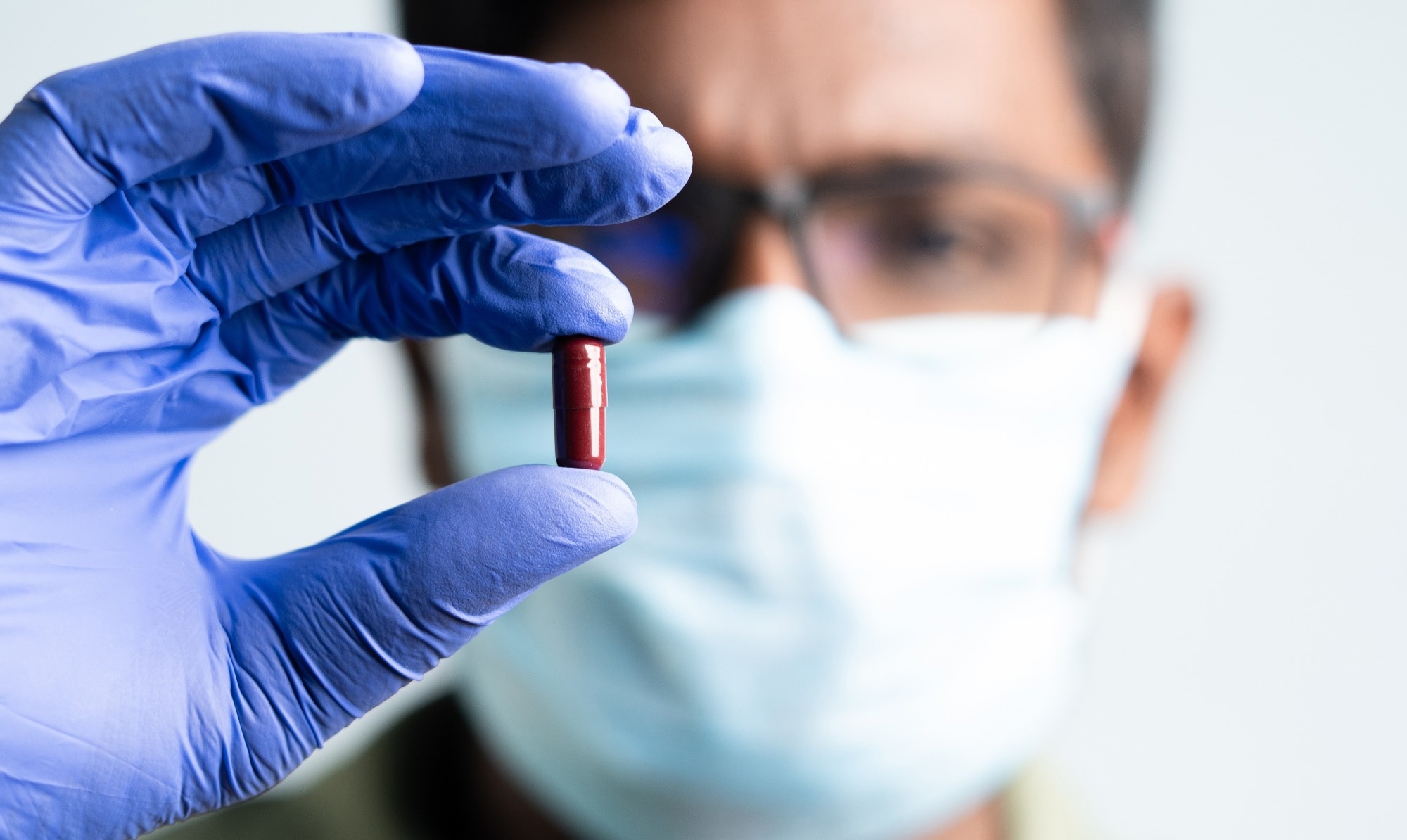In a recent study published in the JAMA Health Forum, researchers in the United States estimated the reduction in coronavirus disease 2019 (COVID-19) mortality rates after the Paxlovid rollout.
Severe acute respiratory syndrome coronavirus 2 (SARS-CoV-2) infections were the third largest cause of mortality in the United States in 2022, and after the Food and Drug Administration (FDA) approved Paxlovid (nirmatrelvir and ritonavir), the test-to-treat strategy became a pillar of the US pandemic response. Treatment with Paxlovid necessitates testing and medication initiation within five days after COVID-19 symptoms start. However, the population-level effect of the Paxlovid rollout has not been evaluated.
 Research Letter: Projected COVID-19 Mortality Reduction From Paxlovid Rollout. Image Credit: WESTOCK PRODUCTIONS / Shutterstock
Research Letter: Projected COVID-19 Mortality Reduction From Paxlovid Rollout. Image Credit: WESTOCK PRODUCTIONS / Shutterstock
About the study
In the present study, researchers estimated the simulated influence of the Paxlovid rollout on COVID-19-related hospitalizations and deaths.
The team modeled COVID-19-related hospitalization and death rate reductions after Paxlovid introduction as the product of (1) the number of symptomatic patients diagnosed within five days since symptom onset, (2) the likelihood of being treated with Paxlovid after eligibility is fulfilled, and (3) the effectiveness of Paxlovid against hospital admission and mortality risks. Sensitivity analysis was also performed, which involved ten models developed to predict optimistic and pessimistic limits for the reduction in hospital admission and mortality rate, subpopulation assessments, predictions based on increased Paxlovid administration, and the number of COVID-19 tests and courses of Paxlovid required.
Results
Researchers found that 78% of COVID-19 cases in the US requiring hospitalization were diagnosed within five days after symptom onset, including 5% who were eligible to receive Paxlovid. Paxlovid is found to be 67% effective against COVID-19-related hospital admission and 81% effective against COVID-19-related mortality. This amounts to 2.7% and 3.2% reductions in hospitalization and mortality rates, respectively.
In sensitivity analysis, hospitalization rate reductions for COVID-19 ranged from 0.5% to 7.5%, and mortality reductions from 0.6% to 7.5%. On the other hand, the team estimated hospitalization and death reductions of 7.7% and 9.3% in nursing homes that reported higher uptake. If Paxlovid usage among eligible populations rose to 40%, the team estimated a 21% decrease in hospitalization and a 25% decrease in mortality rates. If Paxlovid utilization grows to 80%, a 42% decrease in hospitalizations and a 51% decrease in death rates were also estimated.
With 5% Paxlovid uptake, the team noted that the required number of COVID-19 symptomatic tests would be almost 4.8 million and Paxlovid courses would be 2.5 million during the SARS-CoV-2 Omicron wave. This could prevent approximately 2.7% of hospital admissions and 3.2% of fatalities. With a Paxlovid adoption rate of 80%, the required number of symptomatic tests would have been 75.3 million, while that of the Paxlovid courses would have been 39.8 million, preventing 41.8% of hospital admissions and 50.5% of fatalities.
Conclusion
The study findings projected that 4,800 deaths could have been avoided if the present Paxlovid uptake had been attained in January 2022. The estimations indicate that 0.7 to 75.3 million COVID-19 symptomatic tests and 0.4 to 39.8 million Paxlovid courses are required for a future SARS-CoV-2 Omicron-like pandemic. The researchers have proposed a simple, adaptable framework for assessing the resource requirements and advantages related to future expansions of the test-to-treat strategy in a continuously changing environment.